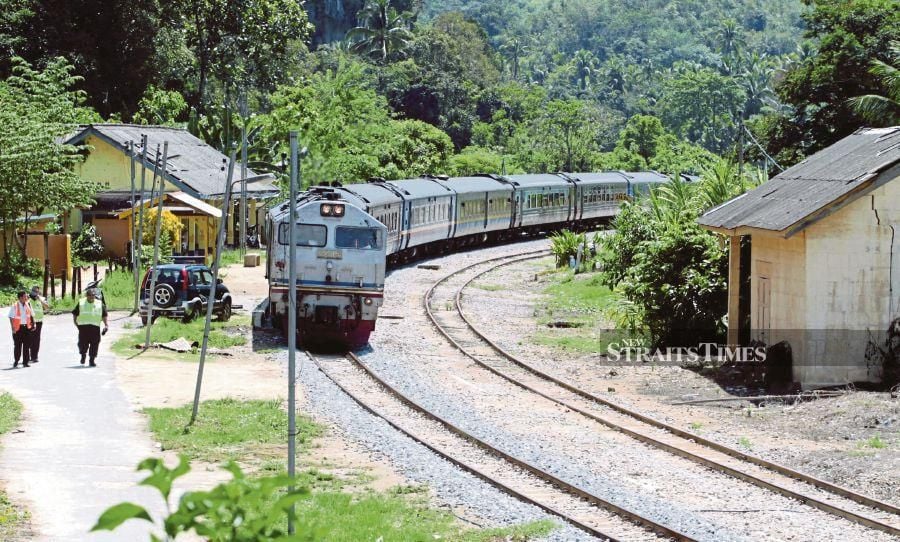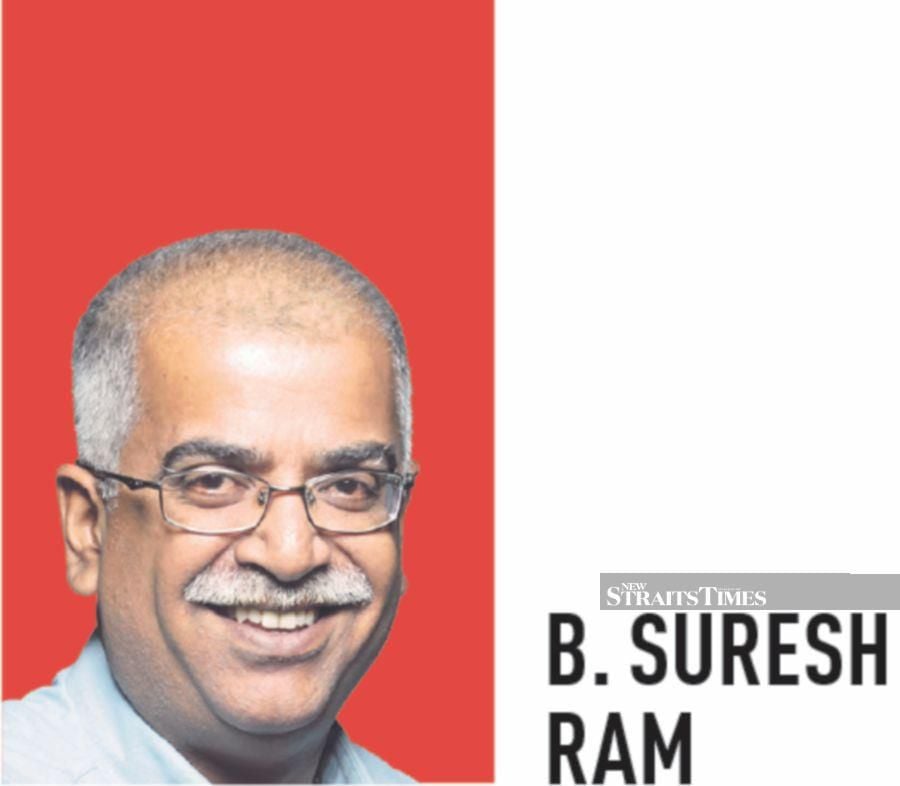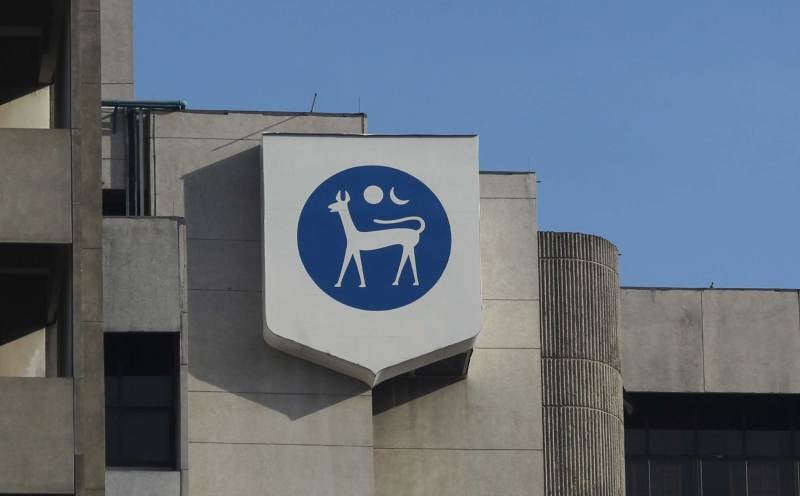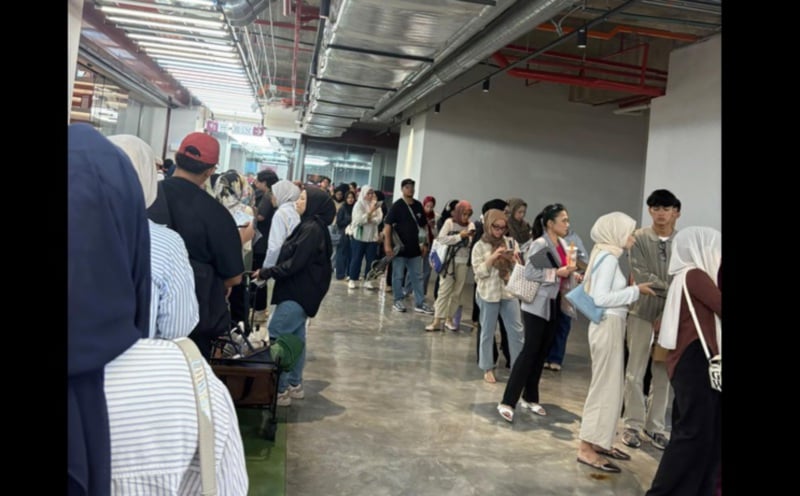KUALA LUMPUR: TRAVELLING by train along the Gemas-Kuala Lipis-Tumpat railway route more than 45 years ago as a young boy was a very exciting experience for me.
I got to ride on KTM trains free of charge because both my father and grandfather were a station master and railway guard, respectively, in the early 1970s, for the original East Coast Railway line.
While the railway system in the west coast of the peninsula dates back to the British colonial era since 1895 for the transportation of tin to the ports on the coast (from Taiping to Port Klang), the system was only fully developed in 1941 for the east coast (except Terengganu).
The first stretch of the East Coast tracks connecting Gemas and Bahau opened in 1910.
This was followed by the Tumpat-Tanah Merah line which was completed in 1914.
Both stretches were eventually connected in 1931.
Even then, the British knew well not to burrow through the Titiwangsa range as this would cost a lot of money.
Instead, travellers from Kuala Lumpur to Kota Baru had to travel south to Gemas before heading upwards through the interior of Pahang and Kelantan.
The train journey from Kuala Lumpur via the interchange station in Gemas, Negri Sembilan, to Kuala Lipis, Pahang, where my grandfather was stationed, took some 12 hours in those days.
The old narrow gauge tracks and the old wooden coaches made the journey longer than it should have been.
Security was also high in those days, as we were still in the midst of the Second Emergency, which was between 1968 and 1989.
Dubbed the “Jungle Railway” by tourists, the most challenging part of the journey had to be from Kuala Lipis all the way up to the terminus of Tumpat, Kelantan, where the railway ends.
Many of the stations along the 526km railway line were nothing more than a platform in the middle of the jungle.
This was some 45 years ago.
There were no major cities along its route, with the exception of small towns like Mentakab, Jerantut, Kuala Lipis, Gua Musang and Kuala Krai.
Most stations were located in remote, jungle-surrounded villages and settlements under the Felda schemes, as well as rubber and palm oil plantations, such as Bukit Abu estate and Dabong railway station.
This stretch skirts the Titiwangsa range and as a result, the trains moved at a much slower pace on certain parts of the route.
This was due to the old condition of the tracks and the narrow path between the dense growth of the age-old rainforest, circumnavigating Taman Negara as it headed north.
The railway engineers and workers back then faced the challenges posed by the hilly terrain and dense jungle, as well as the numerous rivers and valleys which are treasure troves of Malaysia’s rich flora and fauna.
The realigned ECRL route will see the rail track diverted to Jelebu in Negri Sembilan from Mentakab in Pahang.
It bypasses Bentong in Pahang and Gombak in Selangor as planned earlier.
In bypassing Bentong, the new realigned route replicates the east coast railway alignment of the Gemas-Mentakab stretch.
Previous ECRL alignment included the construction of an 18km tunnel from Bentong, Pahang, to Gombak, Selangor, making it the longest rail tunnel in Malaysia.
The Bentong-Gombak tunnel would have formed part of a network of 49km of tunnels to be built at 19 locations along the total 688km original length of the rail system, from the Klang Valley to Kelantan.
Transport Minister Anthony Loke had said changes were made to the original ECRL route alignment to avoid the construction of an 18km tunnel cutting into the Titiwangsa range.
It was reported that cost-savings involved in not constructing the 18km tunnel amount to RM8 billion.
The length of the realigned track will be reduced to 648km when the new route cutsthrough Jelebu district and its main town of Kuala Kelawang.













